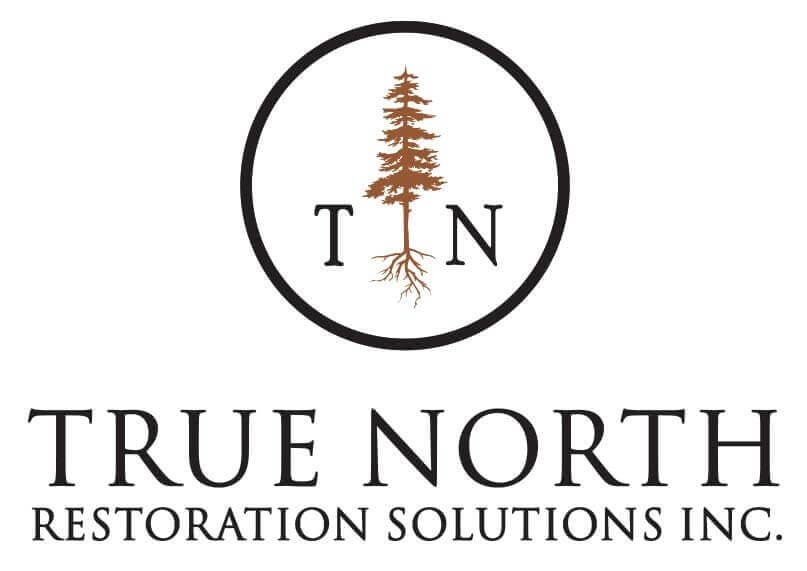How Often Do I Need to Chink My Log Home?
Chinking is an essential maintenance task for log homes, ensuring they remain energy-efficient, weather-resistant, and aesthetically pleasing. However, many log home owners often wonder how frequently they need to chink their homes. The answer can vary based on several factors including climate, quality of initial chinking, and the type of materials used. Here’s a detailed guide to help you understand when and how often you need to chink your log home.
What is Chinking?
Chinking is the process of filling the gaps between the logs in a log home. These gaps, also known as joints, need to be sealed to prevent air and moisture from penetrating the home. Modern chinking materials are typically made from synthetic compounds that remain flexible and durable over time, unlike traditional methods that used a mix of mud and straw or other organic materials.
Factors Influencing Chinking Frequency
- Climate Conditions
- Harsh Winters: Homes in areas with severe winters may need more frequent chinking due to the expansion and contraction of logs caused by temperature fluctuations.
- Humidity: High humidity can lead to wood swelling, while low humidity can cause shrinkage, affecting the chinking material.
- Quality of Initial Chinking
- Professional Installation: Chinking applied by professionals using high-quality materials tends to last longer.
- DIY Projects: If the initial chinking was a DIY project, it might require more frequent maintenance.
- Type of Chinking Material
- Synthetic Chinking: Modern synthetic chinking materials are designed to be long-lasting and flexible, reducing the need for frequent reapplication.
- Traditional Chinking: Older, traditional chinking methods may require more frequent maintenance due to their susceptibility to weathering and breakdown.
- Log Movement
- Logs settle and move over time, especially in new log homes. This settling can create gaps or cause existing chinking to crack, necessitating reapplication.
Signs That Your Log Home Needs Chinking
- Visible Cracks and Gaps
- Inspect your log home regularly for visible cracks or gaps in the chinking. Even small cracks can allow air and moisture to penetrate.
- Drafts and Energy Inefficiency
- If you notice increased drafts or higher energy bills, it could indicate that your chinking is no longer effectively sealing your home.
- Water Leakage
- Water stains or leaks inside your home are clear signs that the chinking needs to be addressed.
- Insect Infestations
- Gaps in chinking can allow insects and pests to enter your home, indicating it’s time for maintenance.
Recommended Chinking Maintenance Schedule
- Initial Few Years
- Newly constructed log homes should be inspected and potentially re-chinked within the first few years due to settling.
- Every 5-10 Years
- For homes with high-quality synthetic chinking, a general rule of thumb is to inspect and touch up the chinking every 5-10 years.
- Annual Inspections
- Conduct annual inspections to catch any minor issues before they become major problems. Early detection can extend the lifespan of your chinking.
DIY vs. Professional Chinking
- DIY Chinking
- Suitable for minor touch-ups and maintenance. Ensure you use high-quality materials and follow proper application techniques.
- Professional Chinking
- For significant repairs or complete re-chinking, hiring professionals is advisable. They have the expertise and tools to ensure the job is done correctly and efficiently.
Conclusion
Regular maintenance and inspection are key to ensuring the longevity and effectiveness of your log home’s chinking. While modern synthetic chinking materials can last for many years, factors such as climate, log movement, and the quality of the initial application can influence how often you need to re-chink. By staying vigilant and addressing issues early, you can keep your log home well-sealed, energy-efficient, and beautiful for years to come.
If you’re unsure about the state of your chinking or need professional assistance, True North Restoration is here to help. Our team of experts specializes in log home restoration and can provide thorough inspections, high-quality chinking applications, and reliable advice to keep your log home in top condition. See our GMB to see where we service.
